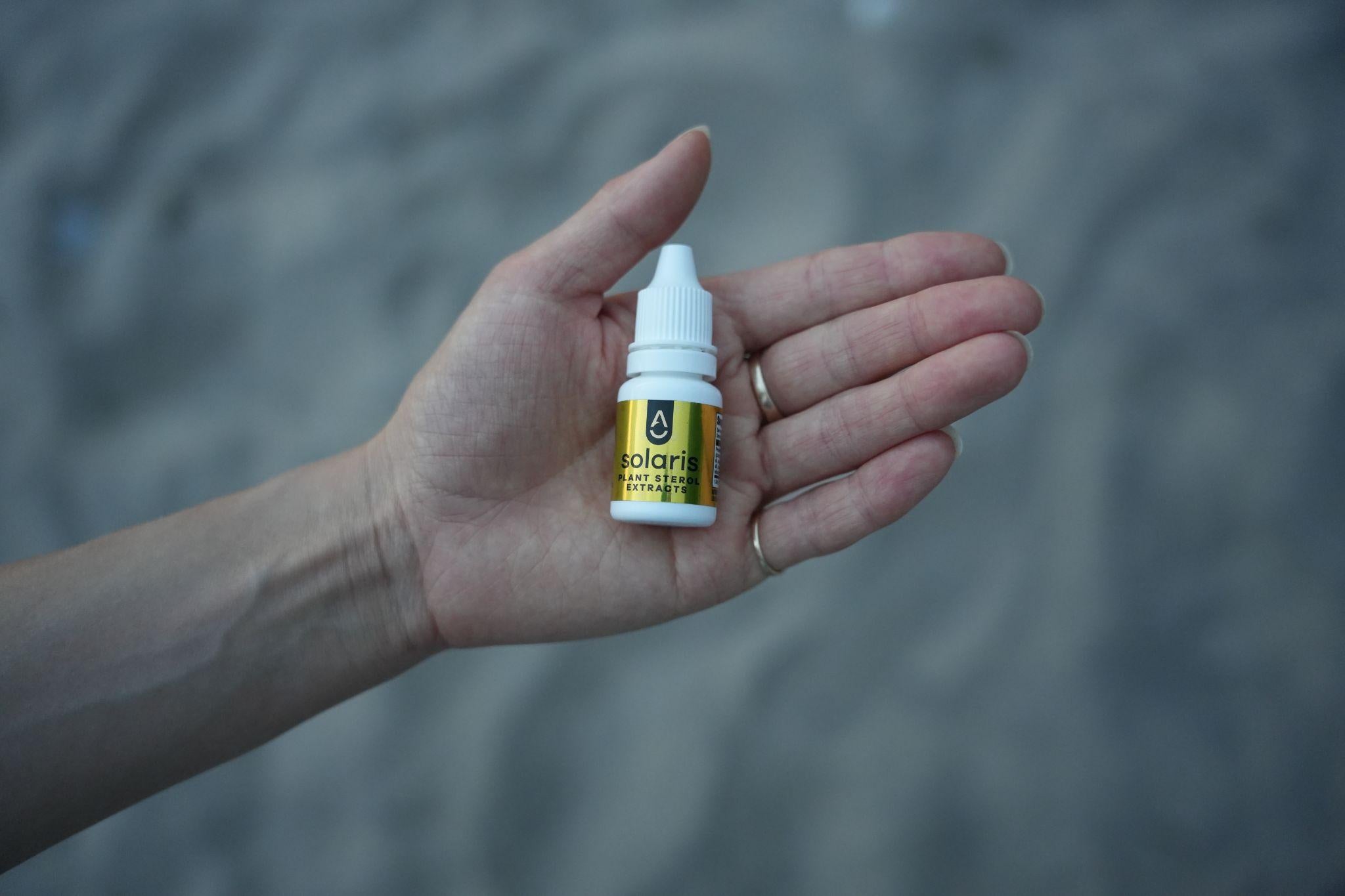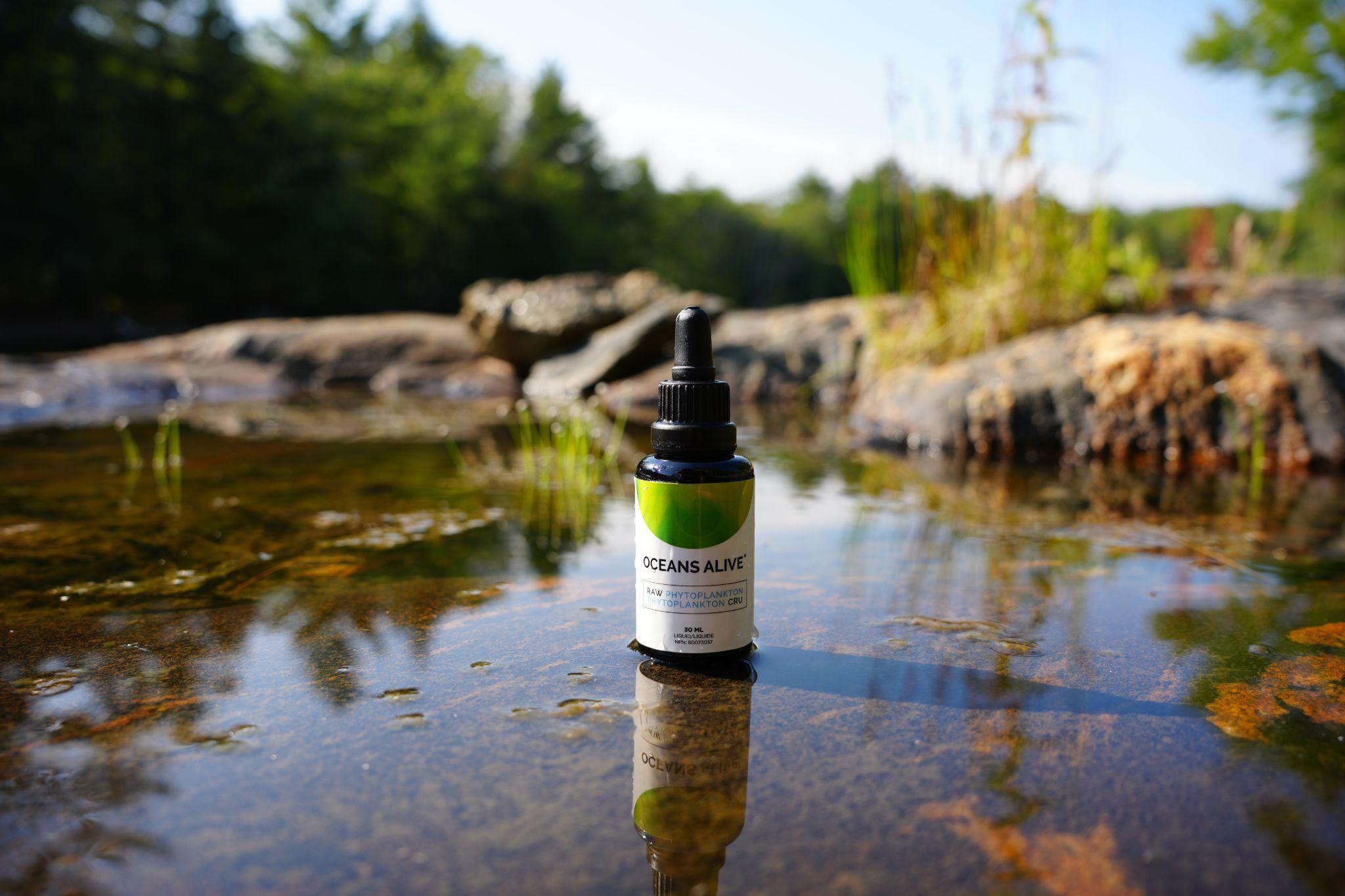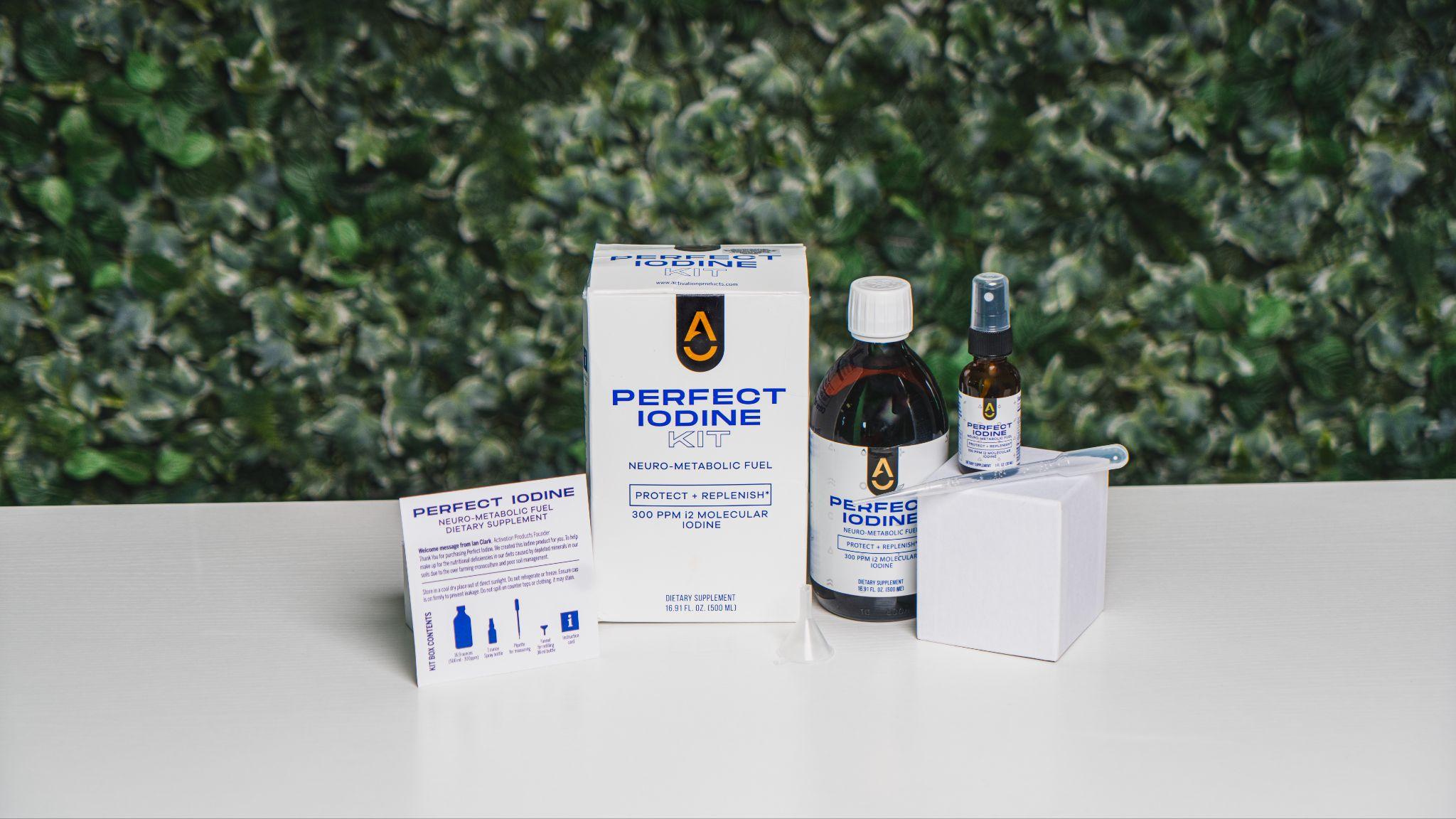
There is nothing worse than a charley horse, especially in the middle of the night.
How many nights have you spent trying to gingerly stretch your leg enough to alleviate a cramp that has you in agony? Or walked laps around your house in an effort to find relief, depriving yourself of much-needed sleep?
Muscle cramps and spasms are painful and inconvenient, and really, unnecessary.
Staying hydrated, reducing your stress levels and getting enough sleep are simple ways to prevent muscle cramps and spasms.
Having said that…
The reason that most people experience leg cramps is that they are suffering from a nutrient deficiency.
First, what IS a muscle cramp?
According to healthline.com:
They also point out that you can experience cramps in your abdomen, arms, hands and feet as well, and that sometimes a “bulging lump of muscle tissue” will present itself at the same time as a cramp.
While these symptoms are certainly unsettling, usually a muscle cramp or spasm will work itself out. However, if you are experiencing regular cramps and spasms, you may want to consider seeing your health care professional about it, as it could be a sign of an underlying medical condition.
What causes muscle cramps and spasms?
Brad the Stretching Guru, at StretchCoach.com, has the answer: "There are a number of factors that contribute to muscle cramps and spasms, the main ones being:
- Poor flexibility and tight muscles;
- Muscle fatigue and overuse;
- Dehydration; and
- Electrolyte and mineral depletion. A number of other factors include working or exercising in high heat and humidity, inadequate blood supply, injury or muscle strain and excessive use of alcohol, drugs and medication.

Who is most at risk?
- Athletes and fitness enthusiasts. If you’re working out or participating in sports and strenuous physical activity, it’s important to be aware of your body. Know your limitations and don’t push yourself too far. Build up to your goals or the pain could set in and slow you down, or worse, put a stop to your progress all together. Make sure that you stay hydrated and that you give your body the nutrition that it needs to perform at its best.
- Factory workers. Repetitive movements and failure to properly stretch can cause muscle fatigue. Long hours and varying shifts can mean you’re not getting enough sleep. Factories are often hot, which can lead to dehydration and nutrient depletion. It’s important to stay hydrated and replace the electrolytes and minerals lost through sweating.
- Office workers. Sitting at a desk all day can wreak havoc on your muscles too, as you're bent over your computer and not moving or stretching enough. Take regular breaks and move around, go for a short walk, stretch. There are even exercises you can be doing at your desk while you’re working that benefit your muscles and prevent cramping.
- Busy people. You may have deadlines to meet, people to see and places to go, but you need to remember to take care of yourself too. All too often people get so caught up in their daily schedules and forget to drink enough fluids or take the time to eat properly. Not finding time to exercise can also be a problem.
- Pregnant women. Many pregnant women experience regular cramping in their lower legs in the second and third trimesters. No one is sure why, but theories suggest that it may be pressure on nerves, decreased circulation, fatigue or a combination of the three. Remember to rest often, put your feet up and stay hydrated. Pregnancy speeds up your loss of fluids and electrolytes so ensuring that your electrolytes are balanced is important, but you’ll want to avoid sugary sports drinks with artificial colors.
Preventing and treating muscle cramps and spasms
Immediate relief is fairly straight-forward. See our relief protocol for details.
Long-term preventative measures will, of course, require planning and action.
You need to ensure that you’re stretching your muscles and getting enough exercise on a regular basis. Depending on what your daily routine looks like, the kinds of exercise that will be best for you will vary. It’s a good idea to talk to a fitness trainer for details about how to physically treat your body right.
As we outlined before, you need to make sure you're drinking enough water. Hydration is key for most, if not all, of your body’s functions. Make it a goal to drink at least eight 8 oz glasses of water every day, more if you are physically active, or are working or playing in the heat. Consider getting an app that helps you track how much you’ve had and reminds you to drink more.
Lastly, replenish the electrolytes and minerals that your body so desperately needs.
Electrolytes and minerals?
Absolutely. The Better Health Channel provides an outline of what you need:
Sweating, menstruation and pregnancy can also play a part in how quickly your body uses up the nutrients that it requires and muscle cramps can be warning signs that your body’s reserves are low.

The Multi-Tasking Mineral
It is always important to make sure your body is getting enough magnesium.
Why? Magnesium is required by virtually every cell, it is responsible for over 300 biochemical reactions in your body. It’s really an incredible multi-tasker.
Enette Larson-Meyer at HumanKinetics.com writes that “In addition to its role in bone health, magnesium plays an important role in stabilizing adenosine triphosphate (ATP), the energy source for muscle contraction, and also serves as an electrolyte in body fluids. Muscle weakness, muscle twitching, and muscle cramps are common symptoms of magnesium deficiency.”
Despite its importance, magnesium deficiency is scarily common. As many as 80% of North Americans are magnesium deficient and most don’t even realize it, which makes magnesium deficiency an extremely likely cause of muscle cramps and spasms for many people.
This is good news, because magnesium deficiency can be easily treated at home.
You can get magnesium from your diet if you're diligent about buying and eating foods that are high in this valuable mineral. Dark leafy greens, seeds, fish and dark chocolate are all sources of magnesium you can include in your diet. To be honest, though, after they get through your digestive system there usually isn’t enough magnesium left to adequately battle your existing deficiency.
How to end magnesium deficiency.
One word: supplementation. You need to find yourself a natural, bioavailable magnesium supplement to quickly restore your magnesium levels and feel better. Say goodbye to those cramps and spasms for good!
You may have noticed, if you peruse the shelves in your local pharmacy, that there are a lot of pill and powder forms of magnesium out there. Be careful not to get too caught up in the oral supplements, they aren’t always that effective. You can read more about why choosing a topical magnesium supplement over an oral one might be your best bet, by clicking here
When it comes to topical magnesium, look for quality. Epsom salts contain magnesium and are easy enough to sprinkle into your bath, but they aren’t the most effective option available to you because your body can’t absorb much. Other topicals, often called “magnesium oils” can leave you feeling itchy and greasy. Not very pleasant and pretty inconvenient if you want something that you can use anywhere, any time (like, say, when a muscle cramp strikes in the middle of the night or when you’re on an airplane).

Choose EASE Magnesium for best results
With the convenience of a spray, EASE magnesium delivers pharmaceutical-grade magnesium that is easily absorbed by your skin where it can enter your bloodstream. If you’re a lover of baths, you can also find a concentrated formula in EASE Deep Soak. EASE is natural, bioavailable, and best of all, effective.
Resources:
http://home.trainingpeaks.com/blog/article/the-real-cause-of-muscle-cramps
https://www.blackmores.com.au/energy/muscle-cramps
http://www.drweil.com/health-wellness/body-mind-spirit/stress-anxiety/tormented-by-twitching/
http://articles.mercola.com/sites/articles/archive/2015/01/19/magnesium-deficiency.aspx
http://www.healthline.com/health/pain-relief/how-to-stop-leg-muscle-cramps#4
http://www.greenmedinfo.com/blog/magnesium-deficiency-symptoms-and-diagnosis
http://www.healthline.com/symptom/muscle-cramp
http://stretchcoach.com/articles/muscle-cramp/
http://www.humankinetics.com/excerpts/excerpts/learn-the-connection-between-diet-and-muscle-cramping






10 Signs Your Gut Needs Help
10 Signs Your Gut Needs Help